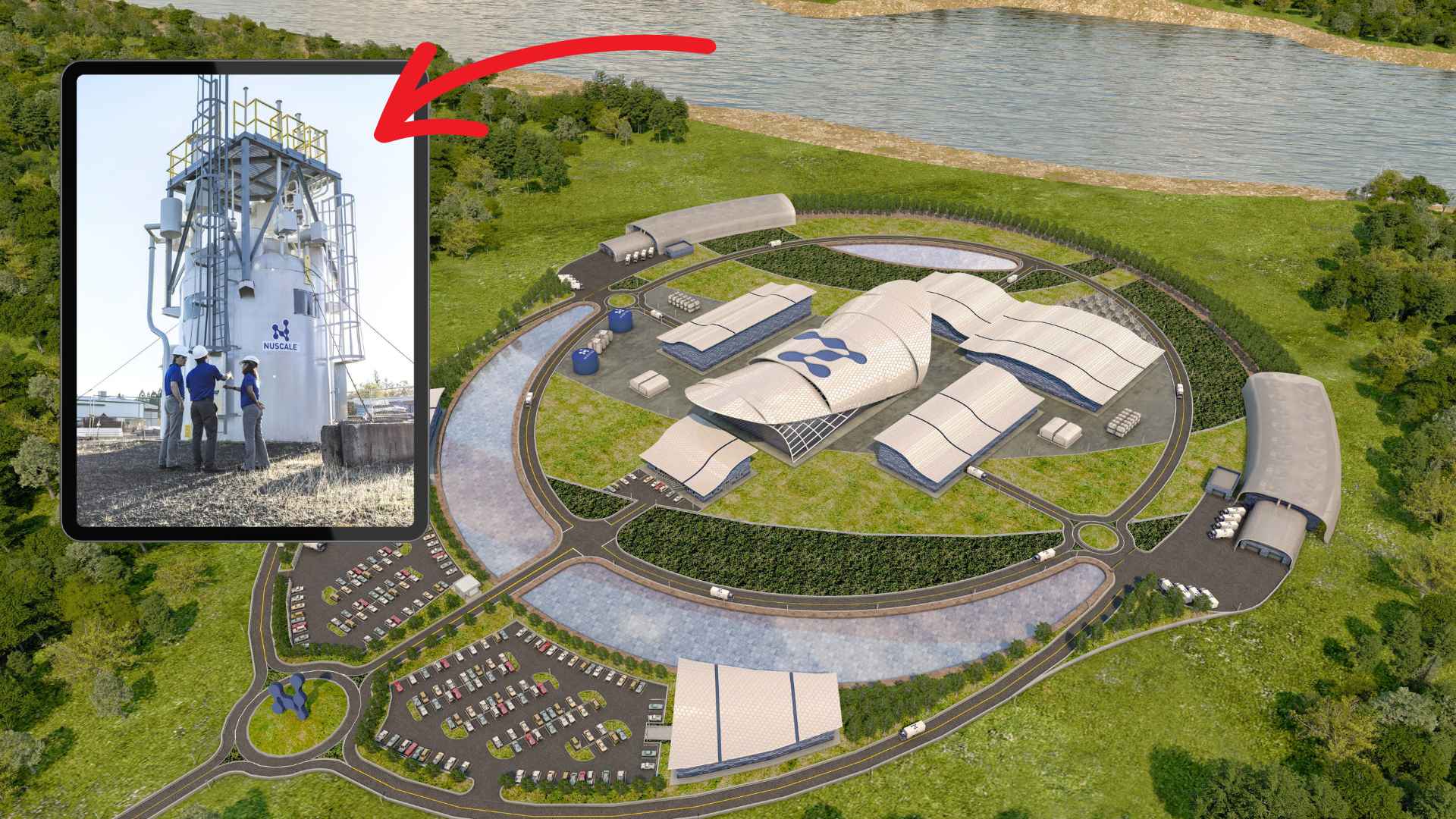Regulators clear the US460 design, opening the door to cleaner power and — perhaps — life after oil.
The Nuclear Regulatory Commission has signed off on NuScale Power’s US460 small modular reactor (SMR), a decision that positions the Oregon‑based company to build the first plant of its kind in the United States. If a customer signs on, the 462‑megawatt facility could help the nation cut carbon emissions and, yes, reduce its appetite for imported crude.
How the US460 small modular reactor could replace millions of barrels of oil
With each module rated at 77 MW, a six‑pack plant is designed to supply enough electricity for roughly 350,000 homes. Could that be the tipping point for ditching diesel generators and aging coal units? Maybe so. Here are the headline numbers:
- Output per module: 77 MW
- Total output per plant: 462 MW
- Projected lifetime: 60 years
- Estimated project cost: $9 billion
Those factory‑built units arrive on site almost ready to run, which shaves years off typical nuclear construction schedules and limits the need for massive concrete pours.
Traditional reactors are custom projects; NuScale’s design is more like large‑scale LEGO. Core components are fabricated indoors, shipped by rail, and set into a below‑grade pool that provides passive cooling. A recent company briefing even claimed installation could take “under three years from first concrete to first power.” Skeptical? You’re not alone, but the potential upside is hard to ignore.
| Key metric | US460 SMR | Conventional gigawatt reactor |
|---|---|---|
| On‑site construction time | ≈ 3 years (target) | 8–12 years |
| Safety systems | Passive, no pumps | Active, redundant pumps |
| Up‑front capital per MW | Higher today, projected to fall | Falling slowly |
The shorter build window is meant to lower financing costs — a notorious budget‑killer for big nuclear projects.
Lingering questions on construction timeline, radioactive waste and final price tag keep analysts cautious
So, why hasn’t NuScale flipped the switch yet? The company must still land a utility partner willing to shoulder multibillion‑dollar risk. Its earlier Carbon‑Free Power Project in Utah collapsed in 2023 when local municipalities balked at rising estimates. In addition, critics warn that SMRs will still generate high‑level waste and that the United States lacks a permanent repository. Will taxpayers eventually foot that bill?
Industry group IEEFA pegs the all‑in cost at about $9 billion, including regulatory and grid‑connection expenses. Even at that figure, NuScale argues, lifetime energy costs could beat natural gas once carbon fees are factored in. Still, households will want proof before cheering a nuclear comeback.
NuScale is negotiating with Entra1 and five unnamed tech firms to deploy the inaugural plant by 2030. If the deal closes, site work could begin within two years — a crucial test case for dozens of similar SMR proposals worldwide. Until then, watch for state‑level incentives, loan‑guarantee talks in Washington, and, above all, that first binding power‑purchase agreement. After all, without a paying customer, even the smartest reactor remains a blueprint.

